Lice are most often seen in children. This does not imply that you are no longer at risk of being bitten by the insect. Don’t worry if you’re an adult who is currently battling a head lice infestation. Every year, there are approximately 6 to 12 million individuals who face the same problem.
There is little scientific evidence that hair color causes lice or nits to die. However, many people claim that this alternative treatment has assisted them somewhat in their battle against lice.
Synthetic hair dyes include a number of strong chemicals that may have harmful effects on our scalp, but not on tiny parasites such as lice and nits. These little pests are challenged to survive in the presence of such strong chemicals and, once they’re removed from their environment, die out quickly.
Only a licensed lice removal center can assure 100 percent lice extermination, since hair color treatments may only eliminate some of the lice infesting your scalp. Hair dye does not kill all types of these parasites.
Nevertheless, there is no sure-fire cure for lice. But don’t give up hope; new research suggests that shaving one’s head may be an effective way to get rid of these insects.
Contents
- 1 Do Lice Like Dyed Hair?
- 2 What Kills Head Lice Immediately?
- 3 How to Use Hair Dye to Kill Lice?
- 4 What Are The Other Methods?
- 5 How Long Does It Take To Get Rid Of Lice?
- 6 How Much Does It Cost To Get Rid Of Lice?
- 7 Will Permanent Hair Dye Kill Lice?
- 8 Can Lice Survive In Dyed Hair?
- 9 What Ingredients Should I Look For?
- 10 Do I Need Any Special Equipment?
- 11 What Is The Best Way To Remove Nit Head Lice?
Do Lice Like Dyed Hair?
It’s still a mystery as to whether lice can even see your hair color.
Here are some things you might not know about lice: Lice crawl around heads looking for a blood meal, then take a rest and start looking again. They may only eat the hair shaft – not the pigment – especially if they’re older and ready to lay eggs. They can be found on any part of the head, and because we wash our hair every day they tend to gather at the roots and along the scalp line.
Beware! Hair dyes can dry your hair out, making it more difficult for you to get rid of lice. So if you are going to use hair dye as a treatment against lice, make sure not to neglect to moisturize your hair afterward.
What Kills Head Lice Immediately?
NONE. The only way to get rid of lice is by using a professional over-the-counter, or prescription medicine shampoo treatment from a pharmacy
In my personal experience, most effective treatments contain the following: permethrin, pyrethrum, and/or Malathion
Permethrin is most often found in most OTC products because it attaches to the keratin fibers for up to four weeks, therefore it stays active against lice long after you wash your hair. Pyrethrum is derived from the Chrysanthemum plant; these ingredients usually live on an eight-week cycle which can be both good and bad depending on if you see any more nits after one week (this would mean that the treatment was unsuccessful). Malathion is used in prescription shampoos, but should not be used on anyone that is pregnant or child under the age of two.
How to Use Hair Dye to Kill Lice?
There are a few different ways to use hair dye as a louse killer, depending on your specific products and how much time you have.
1. Using Permanent Color as Lice Killer
First, apply your chosen color to your scalp with gloves on and leave it in for 30 minutes before rinsing it off with shampoo – any other type of soap or conditioner can interfere with the ammonia process so be sure to stick to shampoo. While dying each strand of hair will not be enough to kill all the live lice on your head, this should kill most adult ones that may still be hanging around afterward since they would not have anywhere else to go that is open for consumption.
Note that if you choose semi-permanent dye instead, it may not be strong enough to kill all the lice. If you do choose semi-permanent dye, then leave it in your hair for about an hour or two before shampooing it out afterward so that the color will stay on your hair for about 24 hours without completely fading away yet still having ammonia build-up inside of your locks.
2. Using Hairspray as Louse Killer
This is another option especially if you choose non-ammonia based hairsprays but make sure to brush your hair thoroughly first and remove any major tangles because this can cause residue from the spray to get stuck onto a tangle which could irritate your scalp, even more, when brushing it out with a nit comb later on.
Spray your hair with a generous amount and let it dry up spray generously and frequently enough so that the concentration of hairspray is strong enough to suffocate adult lice even though they can be highly resistant to chemicals. With this method, you do not need to rinse your hair after spraying as the product will naturally come out of your hair over time without shampooing if done frequently.
What Are The Other Methods?
One method includes nit combing which consists of carefully combing your head with a fine-toothed nit comb, using an OTC lice removal shampoo before you start. This makes the nits easier to remove after treatment. However, this process usually takes hours and can be very time-consuming to do. Another remedy for head lice infestation is by simply shaving your head bald – but don’t take it too seriously as hair does grow back!
How Long Does It Take To Get Rid Of Lice?
Anywhere from four to six weeks.
How Much Does It Cost To Get Rid Of Lice?
Since lice are so common, there are many hair salons and beauty shops that offer this service for a fee. Prices range from $75 to 150. Lice are not covered by medical insurance since they are considered “parasites” rather than an actual insect infestation”.
Will Permanent Hair Dye Kill Lice?
Scientifically, there are no proven ingredients of hair dye that can kill lice. However, some people say that dying their hair successfully either suffocated the critters or caused them to crawl out and away from the head. To date, this has never been scientifically confirmed by anyone else.
Lice like it warm and cozy they cannot survive when exposed to direct or indirect sunlight. Also, make sure not to use a hot blow-dryer on your hair after applying hair color as well since heat may be detrimental for these bugs if used excessively in a short period of time.
All in all, we don’t advise you to use harsh chemical treatments such as coloring and bleaching, intense heat treatment, or any other home remedy to get rid of lice. Instead, you should always consult a doctor and only use proven products for this purpose.
It’s a myth that head lice can’t live in hair that has previously been dyed. Whether you have natural or artificially colored hair, you may still acquire head lice from your children or partner. However, if you color your hair again, you can destroy adult head lice. Hydrogen peroxide and ammonia are two components in certain
When you apply a hair color that contains both these chemicals, allow up to 40 minutes for the color to set on your hair. This also gives plenty of time for the chemicals to destroy the lice.
If you’ve just discovered head lice and are considering using the opportunity to get that hair color you’ve been wanting, “if I dye my hair will it kill lice,” or if you’re going to experiment to find out does dye kill lice, you may want to reconsider.
Is it true that dying your hair kills lice? If you’re searching for “will dying my hair destroy lice,” the only thing you should be concerned about is whether or not permanent color will work. Perhaps you’re thinking of a simple wash-out color and wondering if hair color destroys lice if it’s temporary and doesn’t include per
Hair color can get you started on getting rid of lice, but you must weigh the benefits and drawbacks. Permanent hair dye contains ammonia as a key component. Hair color is used to make hair lighter and more blonde. Because head lice are unable to withstand an environment that is this alkaline, they will ultimately perish.
Hair color also contains hydrogen peroxide, which changes the hair’s texture while not as harsh as ammonia and makes it more difficult for lice claws to grab. But don’t get too worked up. While hair color may impact some live insects, the key question you should be asking is whether hair dye kills lice eggs since nits.
Can Lice Survive In Dyed Hair?
It can, but if you dye your hair again, the lice may die.
The addition of color to your hair makes it more difficult for adult head lice to survive as they cannot survive in an environment that is this alkaline. In other words, ammonia and hydrogen peroxide found in permanent color can kill live adult lice.
In order for the dyes to work properly on your hair, there needs to be plenty of time between each application so that the chemicals have a chance to do their job. If you experience a re-infestation even after dying your hair with a product containing keywords “permanent dye” or “nit treatment,” then chances are if you have been experiencing symptoms for less than two weeks and have not used any other treatment, you are probably experiencing a mild case of head lice.
However, if your symptoms have been present for over two weeks or if you have used another chemical treatment recently prior to applying the permanent dye, then chances are these surviving adult head lice can be killed by dying your hair again using the same product as before.
Another idea to consider is using temporary color after using pesticide-based treatments to kill remaining parasites. If you do use temporary color, keep in mind that it does not contain ammonia or hydrogen peroxide so find out if the nit combing process will still be effective against re-infestation.
What Ingredients Should I Look For?
After dyeing your hair, the question becomes how quickly will the lice die? If you are thinking, “will dye kill lice on my head?”
You should ask yourself if the ingredients in your product contain ammonia. As this is an ingredient that can be harmful to humans too, it needs to be diluted before being applied. Permanent color contains less ammonia than semi-permanent or temporary hair dye so be sure of what type of product you are choosing.
Ammonia works by making the environment inside your head an alkaline state. The reason for this is because head lice cannot survive at a pH of 7 or above therefore they will not have enough oxygen to breathe and will eventually die from suffocation. Ammonia only takes about 30 minutes to do its job so apply your color and then wait to see if you will still have a re-infestation.
For lice, the only way out is through your hair shaft so they won’t be able to leave until their food source is available for them so it may take about two hours before they die off. Hairspray contains ammonia too but notes that permanent color has concentrations of ammonia up to 6% which are lethal to lice while hairspray usually has lower levels of this ingredient at 3%. Because these are not enough to kill head lice, hairspray alone will not work.
How long does it take?
If done correctly, dying your hair with permanent dye should kill any live adult lice on your scalp. It can take up to about three hours for it to completely work so do not wash your hair or shampoo just yet.
Do I Need Any Special Equipment?
This depends on the type of dye you choose and how long you leave it in your hair before rinsing it out. If you use a lightener, then ammonia fumes will be released into the air so be sure to wear proper ventilation and avoid contact with skin and eyes because this can irritate them badly. The best choice is to use gloves when applying color onto your hair but if you forget, try not to get any sort of dye under your nails as well because that could lead to an allergic reaction when cuticles start peeling off. Also, make sure that you spread the product through your hair evenly so that you do not end up with any chemical burns.
What Is The Best Way To Remove Nit Head Lice?
If dye kills lice on my head, then what about those that aren’t dying off?
Even after dying your hair, there may still be some adult or nymph lice that could survive and if this happens to you (which would be rare but still possible), it’s time to switch tactics and try a different method for getting rid of them.
Initially, nit combs were the preferred way of removing nits from hair however nowadays they are no longer as common as other self-initiated treatments such as using pesticide-based shampoos such as Rid Lice Killing Shampoo or using vinegar to get rid of head lice.
While treating your hair with either one of these two, you can still dye your hair again so this way you do not need to worry about re-infestation.
Using any pesticide shampoo is a more safe and efficient practice in getting rid of the parasites without exposing yourself to harmful chemicals in permanent dyes. Shampoos work by suffocating lice and breaking their exoskeletons which will make them unable to breathe until they die off eventually due to lack of oxygen flow through their respiratory systems.
Read More About:
Everything you need to know about permanent straight hair
The only guide you need for your Baby Hair Growth
Does Creatine Cause Hair Loss? All You Need to Know

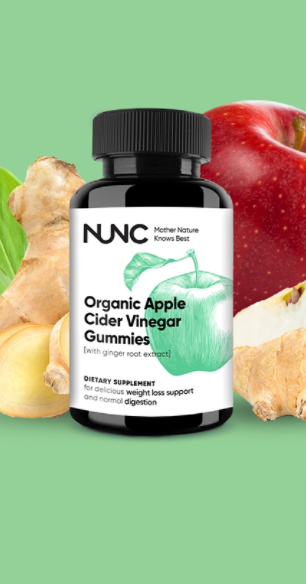



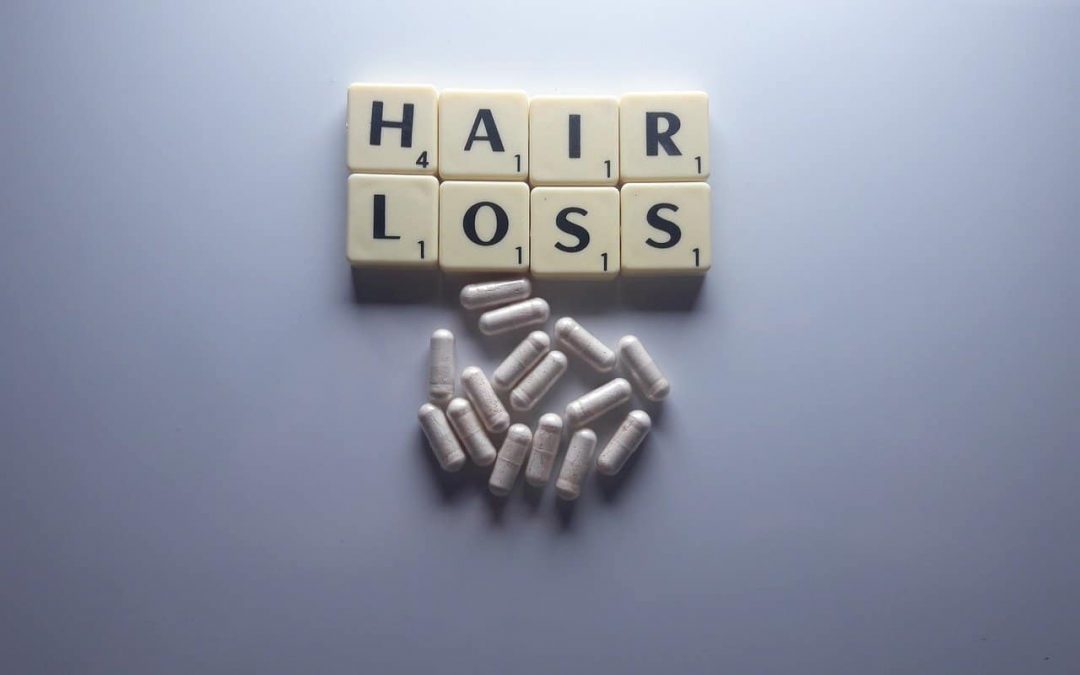
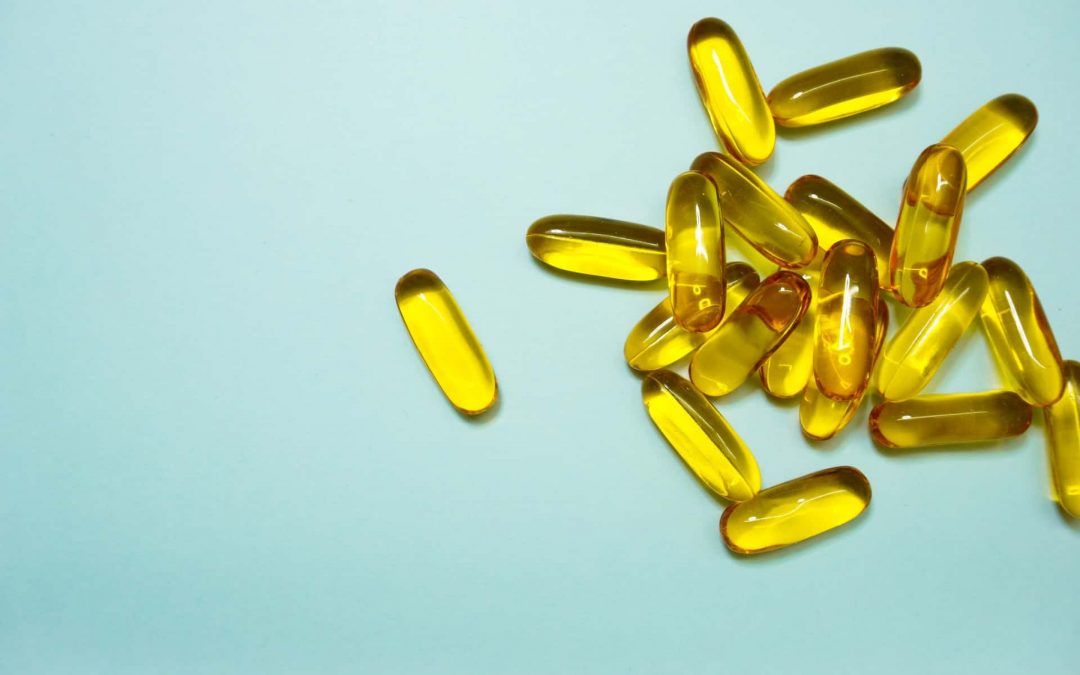
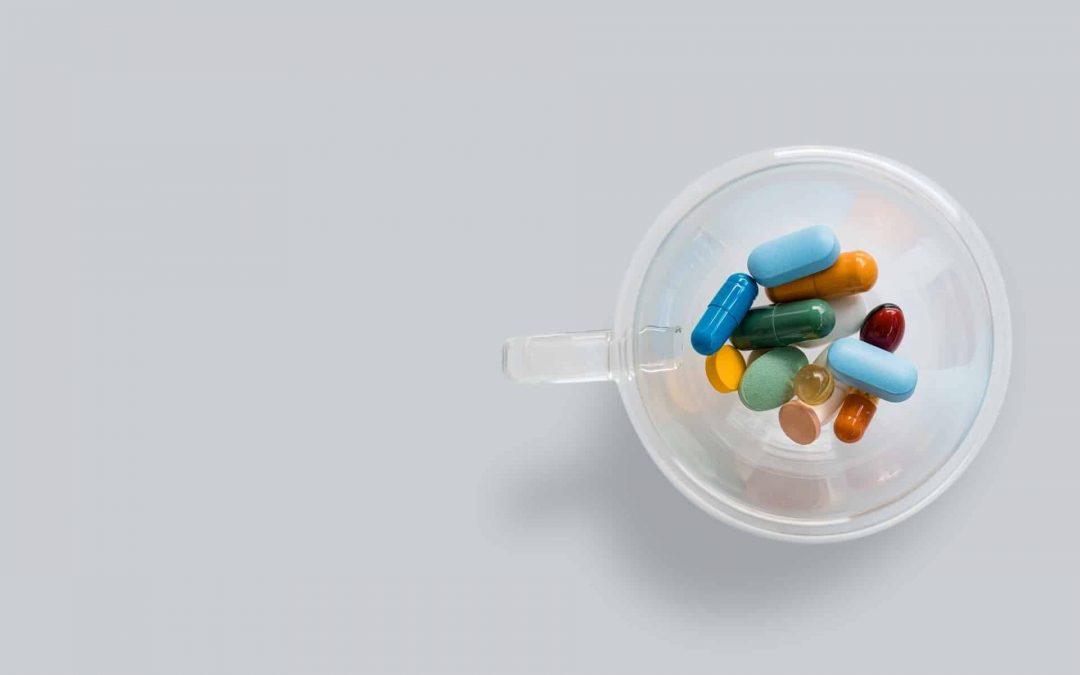
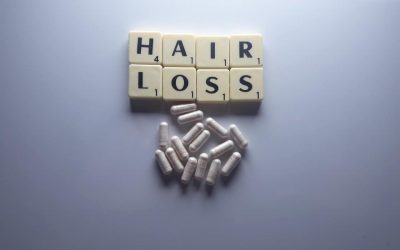
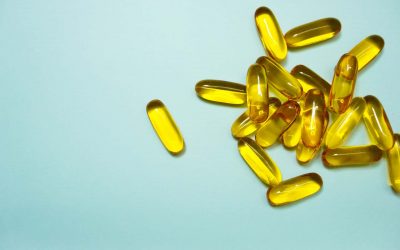
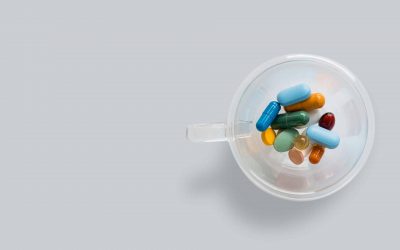
0 Comments